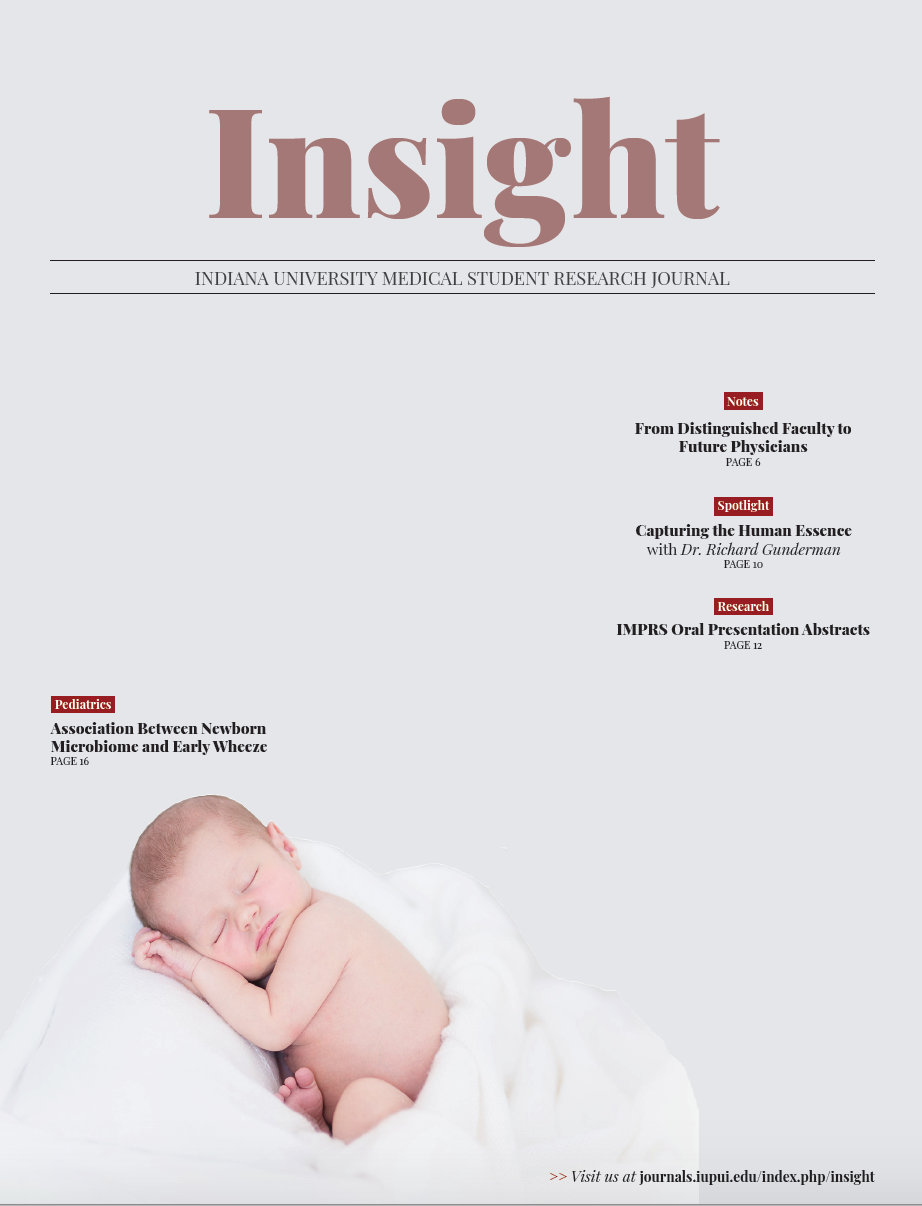Effects of Low Intensity Vibration (LIV) on Murine Trabecular Bone Following Complete Estrogen Deprivation
Abstract
Background and Hypothesis: Post-menopausal, estrogen-receptor positive breast cancer patients treated with aromatase inhibitor (AI) experience musculoskeletal deficiencies resulting from complete estrogen (E2) deprivation, making even moderate exercise difficult. Mechanical signals derived from low intensity vibrations (LIV) have been demonstrated to preserve bone in models of systemic bone loss and cancer-induced osteolysis. Therefore, we hypothesized that LIV may mitigate deficits in murine trabecular (Tb) bone microarchitecture resulting from complete E2-deprivation.
Experimental Design: Twenty 4w female C57/BL6 mice were divided into LIV (n=10), which received mechanical signals (90Hz, 0.3g) 1x/d, 20min/d, 5d/w for 28w, and CTL-LIV (CTL: n=10). Complete E2-deprivation was achieved through ovariectomy (OVX) on 9 week old mice plus AI (letrozole,10μg/SC/daily). Ex-vivo micro-computed tomography (μCT), mechanical compression, and dynamic histomorphometry were performed to quantify changes in bone quantity and quality at 28w.
Results: Via μCT, trabecular bone volume fraction (Tb.BV/TV) and connectivity density were significantly greater, 22% (p<0.05) and 52% (p<0.01), respectively, in LIV-mice when measured in the L5 vertebral body compared to CTL. Vertebral bodies of LIV showed a significantly more uniform distribution of trabeculae (p<0.01) in L5 and significantly greater, 11% (p<0.05), trabecular thickness in L4 than CTL. Trabecular bone formation rate and mineralizing surface in distal femora were significantly greater, 43% (p<0.01) and 31% (p<0.01), respectively, in LIV versus CTL. No differences in mechanical properties of the thoracic vertebrae between LIV and CTL resulted from mechanical compression.
Conclusion: Daily LIV administration significantly improved trabecular bone microarchitecture and trabecular bone homeostasis in E2-deprivated mouse model. Our data suggests LIV may maintain trabecular bone mass in the lumbar spine and could enhance bone formation in post-menopausal, E2-receptor positive breast cancer patients undergoing AI treatment.
Downloads
Published
Issue
Section
License
Copyright to works published in Insight is retained by the author(s).

